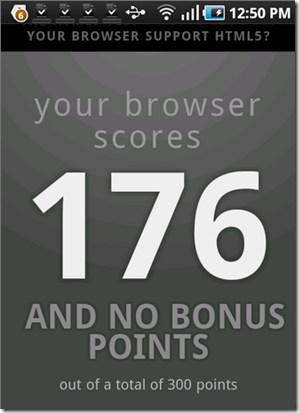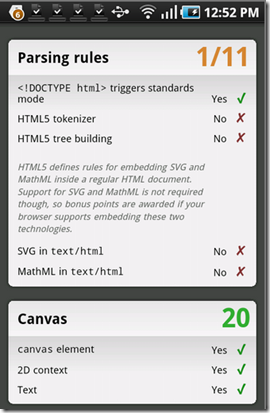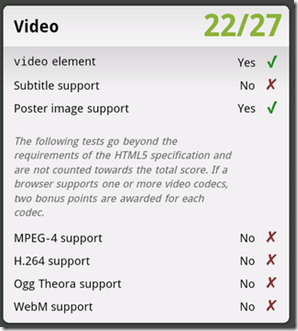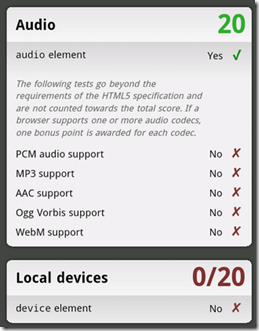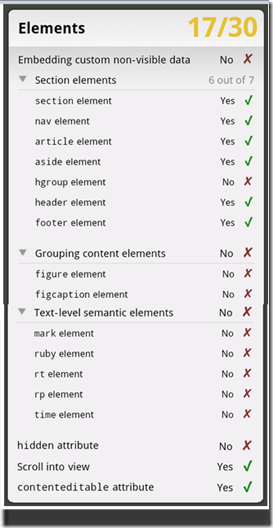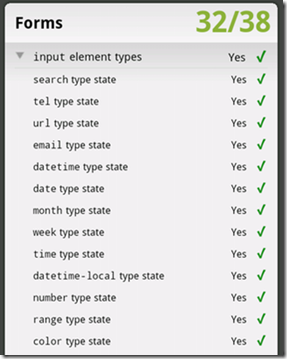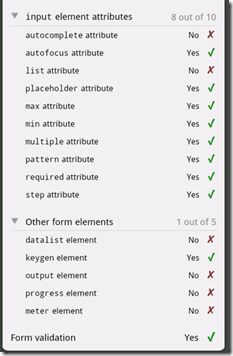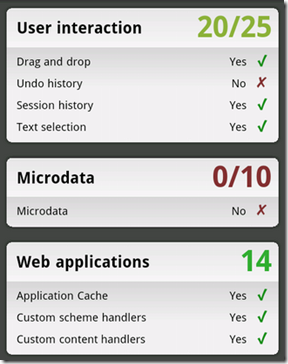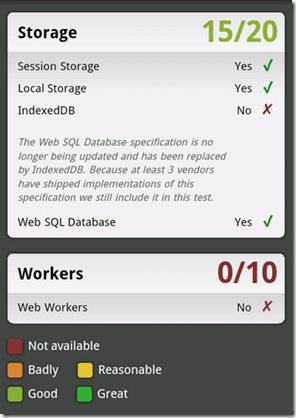Sometime back I posted a blog ‘HTML5, AJAX, JavaScript, JavaScript Libraries (e.g. jQuery) – Future of Client Programming’ stating my thoughts on what will be future of client application development where developers doesn’t need to bother about multiple platforms.
In that blog I talked about the client libraries like jQuery, YUI etc… however one thing we need to note here is the UI has to be optimized for two types of devices traditional desktop and laptop where users interact with the application using mouse an other type of devices like smart phones (IPhone, Android, Windows Phone 7) and tablets (IPad, HoneyComb etc.) where users interact with the device using touch interface.
For the smartphones and tablets there are already libraries released which supports these touch based devices.
jQuery Mobile:
http://jquerymobile.com/demos/1.0b1/
Sencha Touch:
http://www.sencha.com/products/touch/demos/
I would highly recommend going through the demos which provides good ideas on what points should be considered during building for mobile / tablet optimized web applications.
